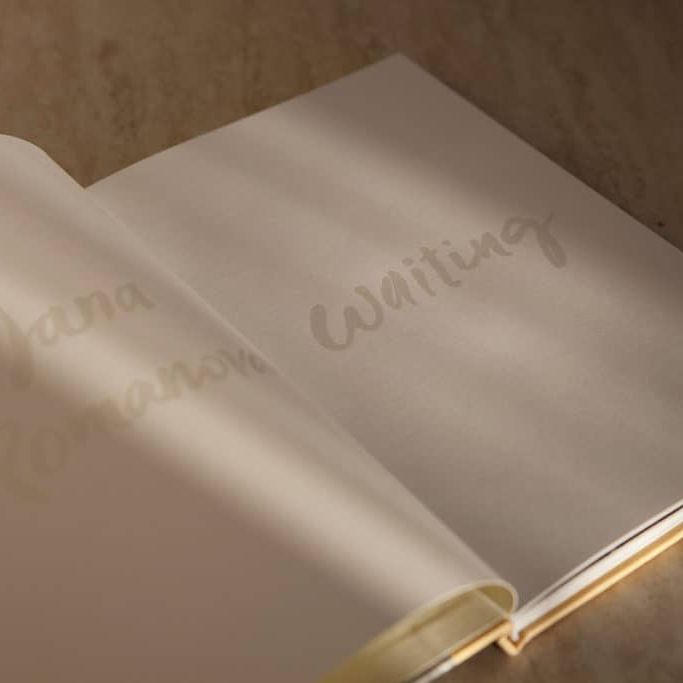Is serious surrealistic photography possible nowadays? Surrealism, the universal revolutionary project of the 20th, has lost its psychological implication, its orientation on “humankind liberation” and first and foremost on the liberation of author’s subconsciousness. Now often the successful fine art has external surrealistic features, and that’s just what an ignorant spectator identifies easily as an “art” (because it is beautiful, obscure and he isn’t able of it himself).
“Strange, obscure, grotesque, paradoxical dazzling beautiful images – this is what mainstream audience calls “surrealistic photography” — from the preview to a lecture dedicated to surrealistic photography by Moscow photography expert Irina Tolkacheva.
Does the two last photo books of Portuguese photographer Nuno Moreira which apparently refer to the cinema and photographic experiments of the 20th belong to the same “fine art” surrealism?

The first Moreira’s book “State of mind” contains classical journalistic and street photography of highest quality. But in spite of its perfect composition and captured “decisive moment” Moreira claims to be more interested in a “thinking moment”. He tries to capture some “existential” moments when people are in the crowd but at the same time in their own world. Beginning from “Zona” Moreira turns his gaze inside himself, analyses his own inner world and makes the performers “play” what he feels (that’s why his photography inherently becomes performance documentation). His third book “She looks into me” is according to his own statement a certain “Zona” follow up.

Moreira’s works don’t have any commercial “fine art-ness” at all. His black-and-white images are often blurry, fragmentary, built on the play of light and shadow and are absolutely free of an intended (often “photoshopped”) “surreality.” His allusions to surrealistic films are fairly clear though. At that, some stills you have apparently seen, but you can’t remember where exactly – as in Cindy Sherman’s approach, and some stills are very clear – e.g., the image with scissors raised above the tongue is an homage to Buñuel’s Andalusian Dog.
There is also little of some “unseen-ness” and technical gimmickry in the “Zone” book. In the first book we see that Moreira can make substantial classical street photography; in the two others, he gets onto stages, which resemble of theatre and undoubtedly of cinema.
While working on “Zona,” Moreira was reading Jung. He was writing his dreams in a dream diary for two months, and then he started to stage situations from these dreams with a professional dancer. In his words, he hasn’t staged the events themselves but rather his mood and feelings about them, creating the “archetypes.”

“I shot under the guidance of a script, very similar to a movie”, – says Moreira. Working as a film director, “staging” the stills from his dreams, he surely comes ever closer to the classical surrealism of Salvador Dali. As is well known, the artist started to work right off after awakening, when the brain hadn’t broken yet free from subconscious images and waked up in the middle of the night with the same purpose. This method corresponds with one of the psychoanalytical approaches – recording of dreams right after awakening.

Altogether Moreira’s way possibly presents a rather common way of a contemporary creative photographer: to move from enthusiastic research of the outer world to analysis of the inner world.
His work with the staging of his own dreams also looks a therapeutical one – e.g., playback of nightmares can be a possibility to meet them de facto, experience them and get over the fear at last.
In the “Zone” book there are some cut-ins from black velvet thick paper, which smother the reader like the darkness of the night. On them, there are handwritings of Jose Luis Peixoto, the writer. “The text helped to create more “silence” and pauses for the book”, Nuno Moreira admits. Also, these cut-ins as if divide one dream from another being total oblivion and blackness – or a dream forgotten after awakening?

In the new Moreira’s book, “She looks into me”, which is going to be published in January 2018, the photos have been shot with the professional actors – this time at a studio. Fleshy black-and-white portraits, which again remind together of Louis Buñuel and Francesca Woodman, are overfilled with touches. These are at that not in every instance of an erotic kind but rather of a medical, investigative one. Turning over the pages of the book, I couldn’t get rid of remembering the 19th-century photographic exercises, made by Dr. Duchenne de Boulogne in Salpêtrière Hospital. The fingers, stopping one’s mouth; the hands which (by force?) hold the head; the head of a woman which helplessly, almost biblically, falls on others naked shoulder; the fingers which close the eyes – as in the “Zone”, in the “She Looks Into Me” book the photographer continues to explore the theme of touches, which are more alike palpating of things and people by a curious blind investigator.
Text by Natalya Reznik.
Max Eicke «Dominas». A photo book review
October 24, 2017
Jana Romanova:“Waiting”. Photo book review
December 7, 2016


